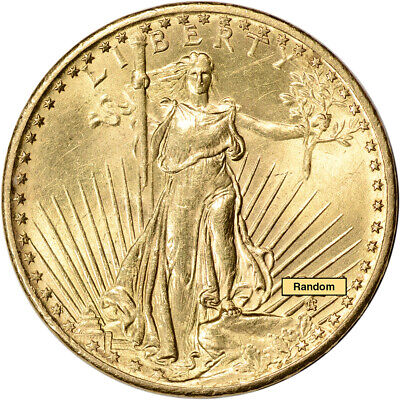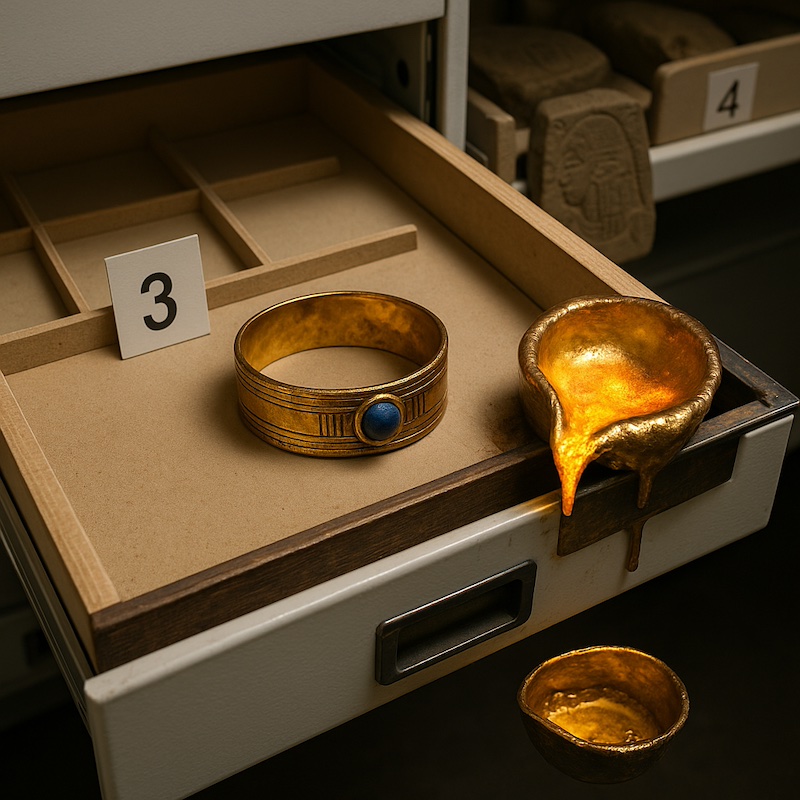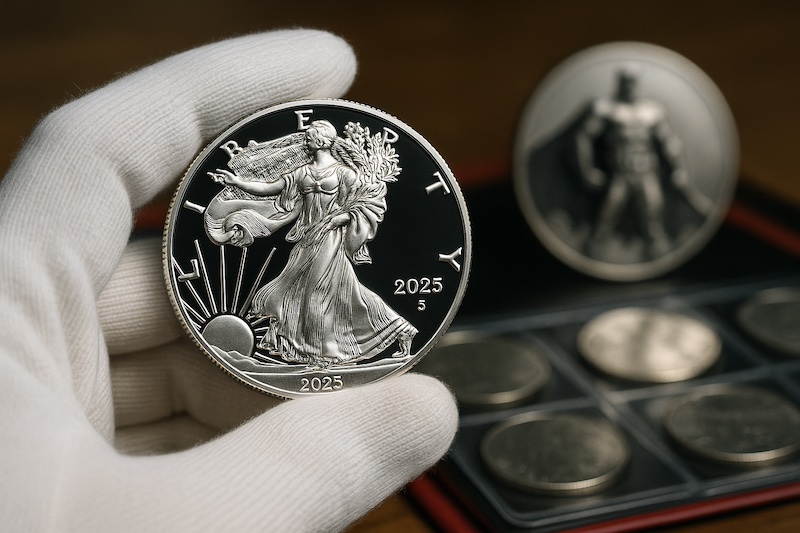During the period following Executive Order 6102, under 1933 gold ownership ban, U.S. citizens were prohibited from owning significant amounts of gold bullion, bars, and coins, with certain exemptions provided. Among these exemptions was the “numismatic clause,” which specifically allowed individuals to legally own gold coins recognized as having numismatic or collectible value, distinct from purely bullion items.
This exemption quickly became an attractive loophole for investors, coin dealers, and collectors, who saw it as an opportunity to legally acquire and hoard gold, despite the otherwise restrictive government regulation. Coin shops and numismatic dealers actively promoted pre-1933 gold coins as having substantial historical or collector value—regardless of whether some of these coins might previously have been considered common or circulated bullion issues.
Coin dealers and collectors capitalized on this exemption in several ways.

1. Promoting Common Gold Coins as “Collectible”
- Many gold coins minted prior to 1933 were relatively common or had little numismatic premium before the ban. Dealers and coin shops heavily advertised these coins as “collector items,” enhancing their perceived numismatic importance to justify their legal sale and ownership.
- As a result, even coins that were previously traded close to their bullion value became prized as collectible coins overnight.
2. Market Creation and Expansion
- Coin dealers actively encouraged investment and speculation in “collectible” gold coins, expanding the market dramatically. Shops stocked and promoted large quantities of pre-1933 gold coins, particularly common issues like the $20 Saint-Gaudens Double Eagle, the $10 Indian Eagle, and the $5 Liberty Half Eagle.
- Investors and collectors, seeking a way around the gold ownership restrictions, eagerly purchased these coins, creating a vibrant secondary market.
3. Selective Grading and Classification
- Numismatic dealers often emphasized specific mint marks, dates, or condition grades—even if those particular features had previously held limited significance—in order to justify the coins’ “collectible” nature.
- Grading and certification standards were actively developed and promoted, providing further legitimacy and perceived rarity to coins, even those minted in very large numbers.
4. Leveraging Government Ambiguity
- The U.S. government’s enforcement of the numismatic exemption was intentionally or unintentionally ambiguous. Definitions of what constituted “collectible” coins were not precisely established or aggressively enforced, giving dealers and collectors room to maneuver.
- Coin dealers effectively argued that virtually any gold coin minted prior to 1933 was inherently historical and collectible.
5. Legal Protection for Investors
- Collectors and investors recognized the legal protection inherent in numismatic gold coins. Holding gold in the form of these coins was not just a method of circumventing the gold ownership restrictions but also provided assurance that their gold holdings would not be subject to potential future seizures or confiscation.
- This incentivized many investors who previously had no numismatic interest to become “collectors,” further inflating coin prices and demand.
Impact and Legacy
The exploitation of the numismatic clause during the gold ownership ban period had a lasting impact on both the gold market and numismatics. It:
- Created a substantial and sustained premium market for pre-1933 gold coins, which remains strong to this day.
- Led to the establishment and growth of professional grading services like PCGS and NGC, further standardizing and expanding the numismatic market.
- Ensured that many pre-1933 U.S. gold coins, even relatively common dates, continue to hold higher premiums compared to contemporary bullion coins, precisely because they remain perceived as safe from future restrictions.
Conclusion
The numismatic clause provided a critical legal opening that coin dealers, collectors, and investors actively utilized to legally acquire and hoard gold during a period of strict governmental control. It reshaped both the bullion and coin markets, demonstrating how regulatory loopholes can significantly influence market dynamics, creating lasting impacts still felt in today’s precious metals and numismatic industries.







